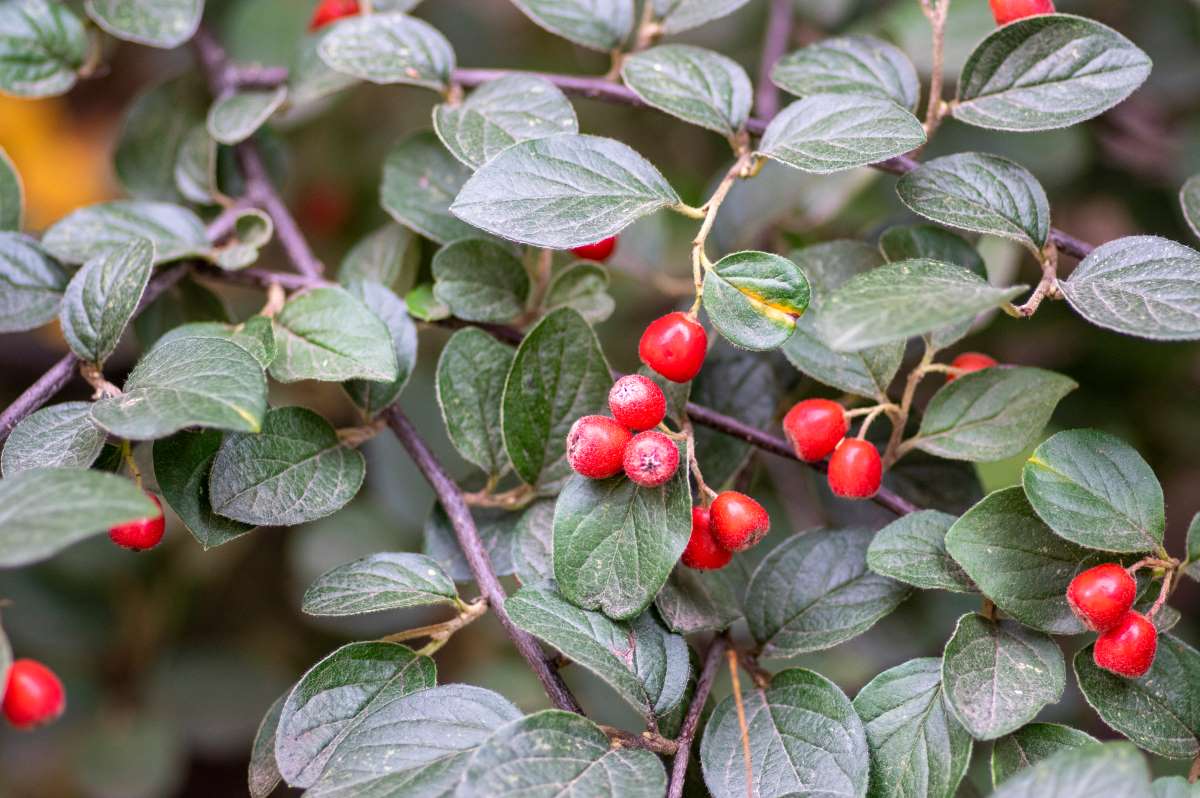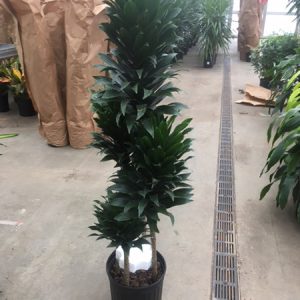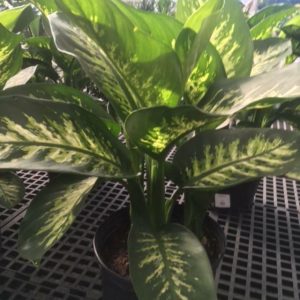Description
Cotoneaster –
There are about 200 species of deciduous, semi evergreen, or evergreen shrubs, rarely small trees, in this genus. They occur from woodland and rocky areas in North temperate region of Europe, Asia, and Northern Africa. They have alternate, simple, lance shaped to narrowly elliptic or rounded, broadly ovate, smooth edged leaves. They bear 5 petalled, saucer to shallowly cup shaped, white to deep pink, sometimes red flowers, held singly or in cymes from spring to summer, are followed in autumn by ornamental, spherical to ovoid or obovoid red or black berries. Grow in a shrub border or as a hedge or screen, some are ideal for wall training. Dwarf species are suitable for a rock garden. Many prostrate species provide good groundcover, some may be trained as weeping standards. Seed may cause mild stomach upset if ingested.
Grow in moderately fertile, well drained soil, most will tolerate dry positions. Deciduous species prefer full sun. Large and medium sized evergreen thrive in sun or partial shade. In an exposed situations the may need protection from cold, drying winds. Most need little regular pruning but will tolerate hard pruning to produces tight hedges or to renovate.
Prone to rust, powdery mildew, stem cankers, fire blight, scale insects, rose slugs, spider mites, slugs and snails
C. integerrimus – European cotoneaster – Native to Europe and Western Asia, this shrub grows to 5′ feet tall and wide. It produces oval leaves that are mid greens with felty undersides. It bears pink tinged white flowers in spring followed by rounded red fruit in autumn.
Zones 6-9





